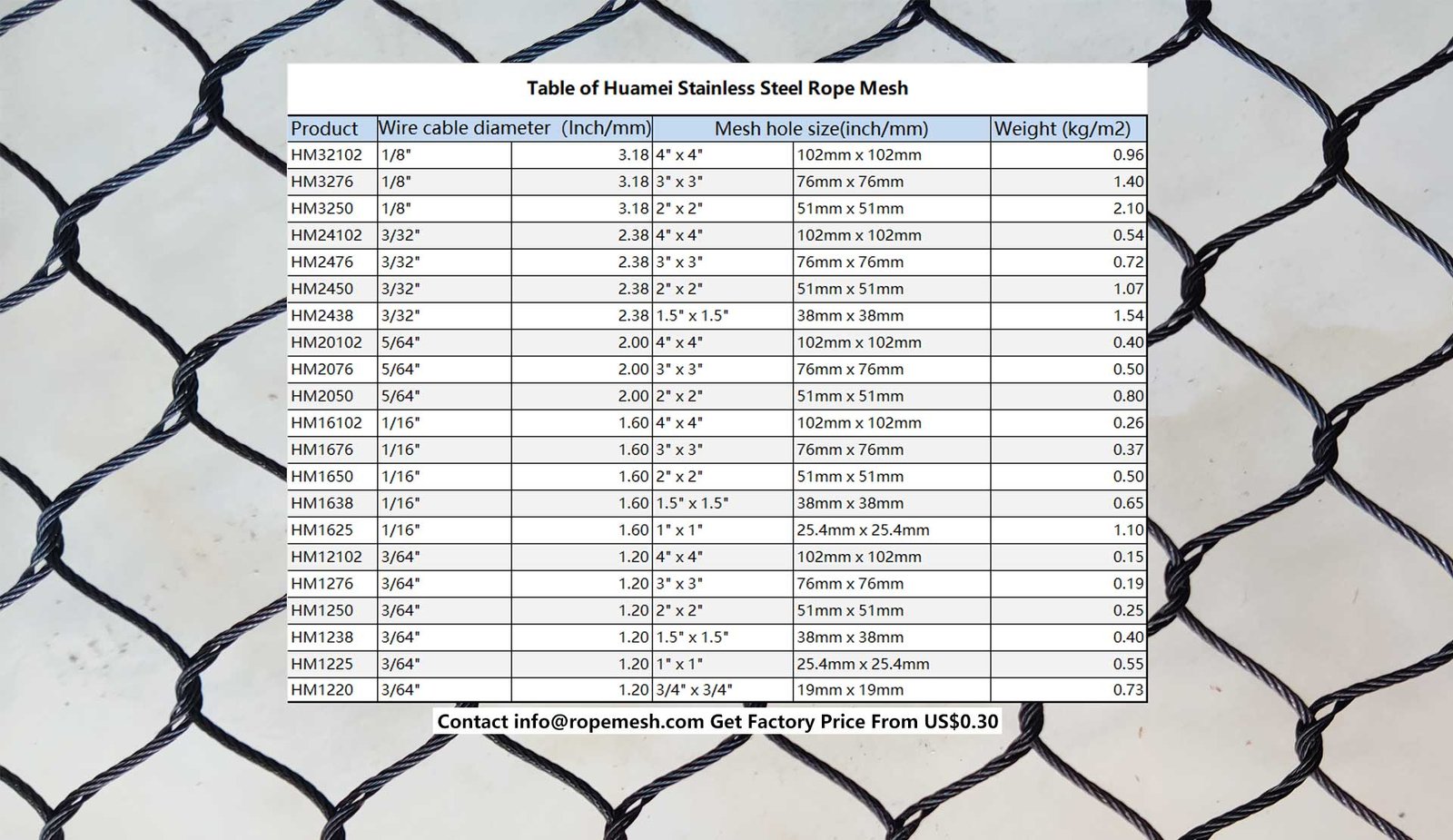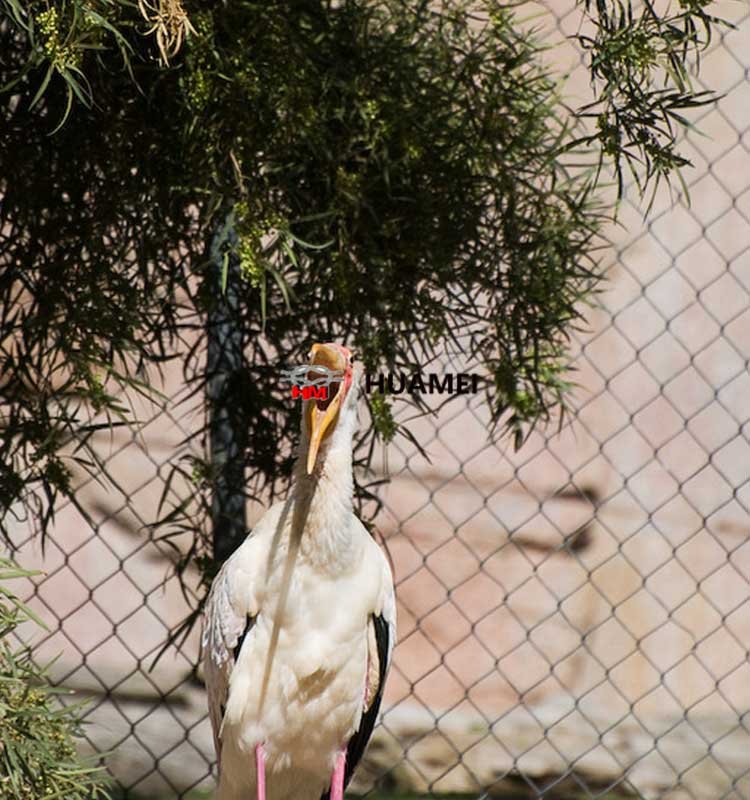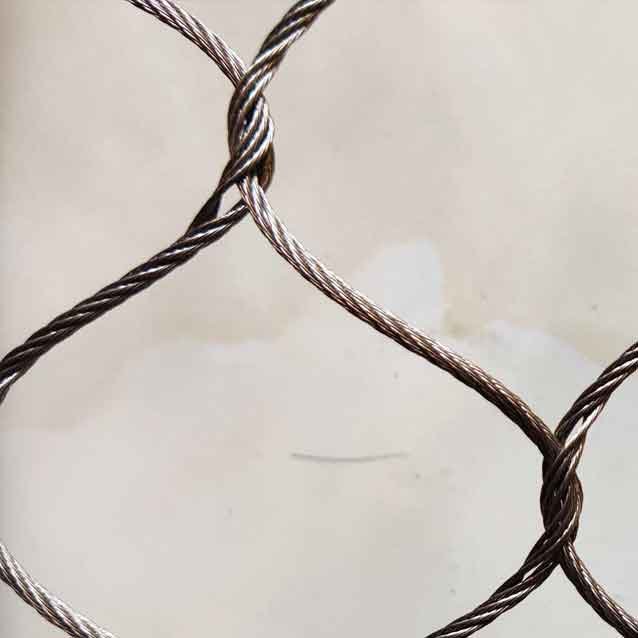Introduction to Stainless Rope Wire Mesh
Stainless rope wire mesh is a versatile material commonly employed in the construction of aviaries and bird screens. It consists of stainless steel strands twisted together, forming a robust and flexible mesh that serves various applications in wildlife enclosure design. The choice of stainless steel as a primary material is not incidental; it provides a host of unique properties that make this type of wire mesh particularly suitable for outdoor use.
One of the most notable characteristics of stainless steel is its remarkable durability. Unlike many traditional materials, stainless steel demonstrates excellent strength and resilience, ensuring that the wire mesh can withstand physical stress without compromising its integrity. This strength is vital in aviaries where birds may exhibit energetic behavior, potentially leading to wear and tear on lesser materials.
Moreover, stainless steel is renowned for its corrosion resistance. Exposure to varying weather conditions, humidity, and other environmental factors can be detrimental to many materials over time. However, stainless rope wire mesh maintains its integrity and aesthetic appeal even when facing these challenges. This quality makes it a far superior choice for bird screens, offering long-lasting security and safety.
Another advantage of stainless rope wire mesh lies in its compatibility with diverse environmental conditions. It can function effectively in various settings, whether in humid rainforests, arid deserts, or coastal environments that experience salt exposure. Such versatility ensures that aviaries designed with this material will remain functional and visually appealing for extended periods.
In summary, stainless rope wire mesh serves as an exceptional material for aviaries and bird screens, offering durability, corrosion resistance, and adaptability to different surroundings. Its features make it an ideal choice for those seeking to create safe habitats for avian species.


